News
Shark Week – Fiji: Shark Diving in murky waters (Watch Video)
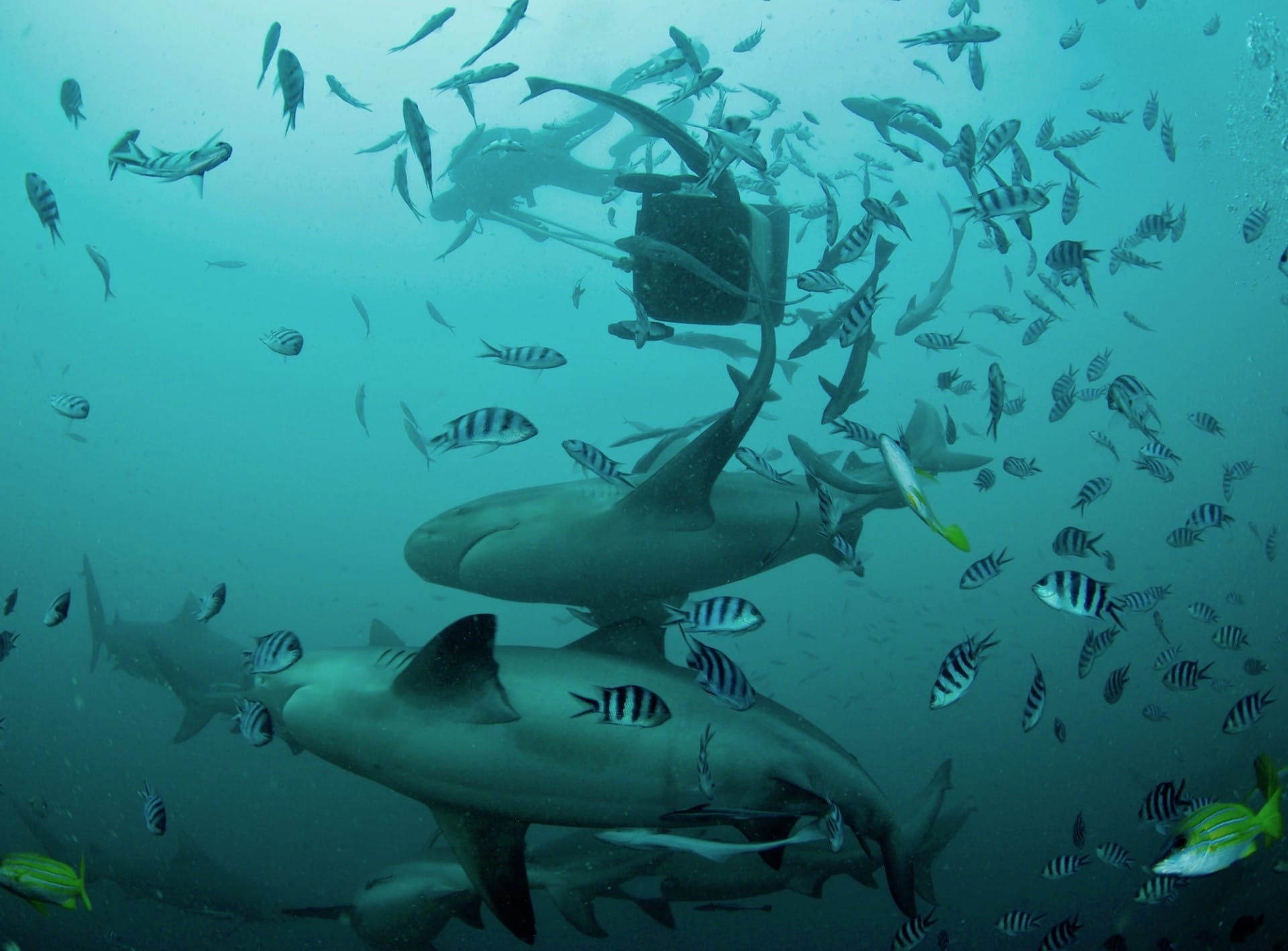
For Shark Week, Scubaverse bloggers CJ and Mike share this great video and their experiences of diving with Bull sharks and more in Fiji…
Murky waters are not what usually come to mind when thinking about diving in Fiji. Unfortunately, we had timed our visit straight after the typhoon in mid-April. Having reached Viti Levu after several days delay, it was only to find that conditions were still too bad on the south coast to do any diving for a couple of days; so we contented ourselves to enjoy the beautiful island and the locals’ fantastic hospitality.
One of the dives we were most looking forward to was the famous Beqa Lagoon shark dive at the Shark Reef Marine Reserve. Being very keen on shark conservation I was interested to see how this operation worked, how it involved local people in the marine reserve and how the proceeds from tourism helped with maintaining a protected area for sharks. Luckily for us the weather settled down after a few days and we were able to book in for a shark dive!
We chose to go with Beqa Adventure Divers and booked to do two shark dives in the morning and an afternoon soft coral dive. We were greeted on arrival by a friendly and efficient front desk team and completed all the necessary paperwork. We then went through to the gear rental and equipment set-up area to get ready to dive. Here we had our only negative experience of the trip, bumping into an extremely rude man, who turned out to be one of the owners! Thankfully our interaction was a brief one and as the rest of the staff possessed the manners and professionalism sadly lacking in their boss, we moved on and did not allow this incident to ruin our whole day.
Once kitted up, our equipment was loaded onto the boat and we met our crew. The boat briefing was very good and the dive briefing thorough, with clear and precise instructions given as to where to go, when, who to follow and how to behave. The divemaster gave us strict instructions on keeping all limbs and cameras to yourself and behind the purpose built walls. The dive plan was well thought out and explained, with the aid of a dive site map. At the site we were told the visibility was likely to be lower than pictures we may have seen and to stay close to the divemaster assigned to you. We were also given a quick shark ID summary and requested to count the sharks we saw by our boat’s marine biologist. With growing excitement we kitted up and jumped in!
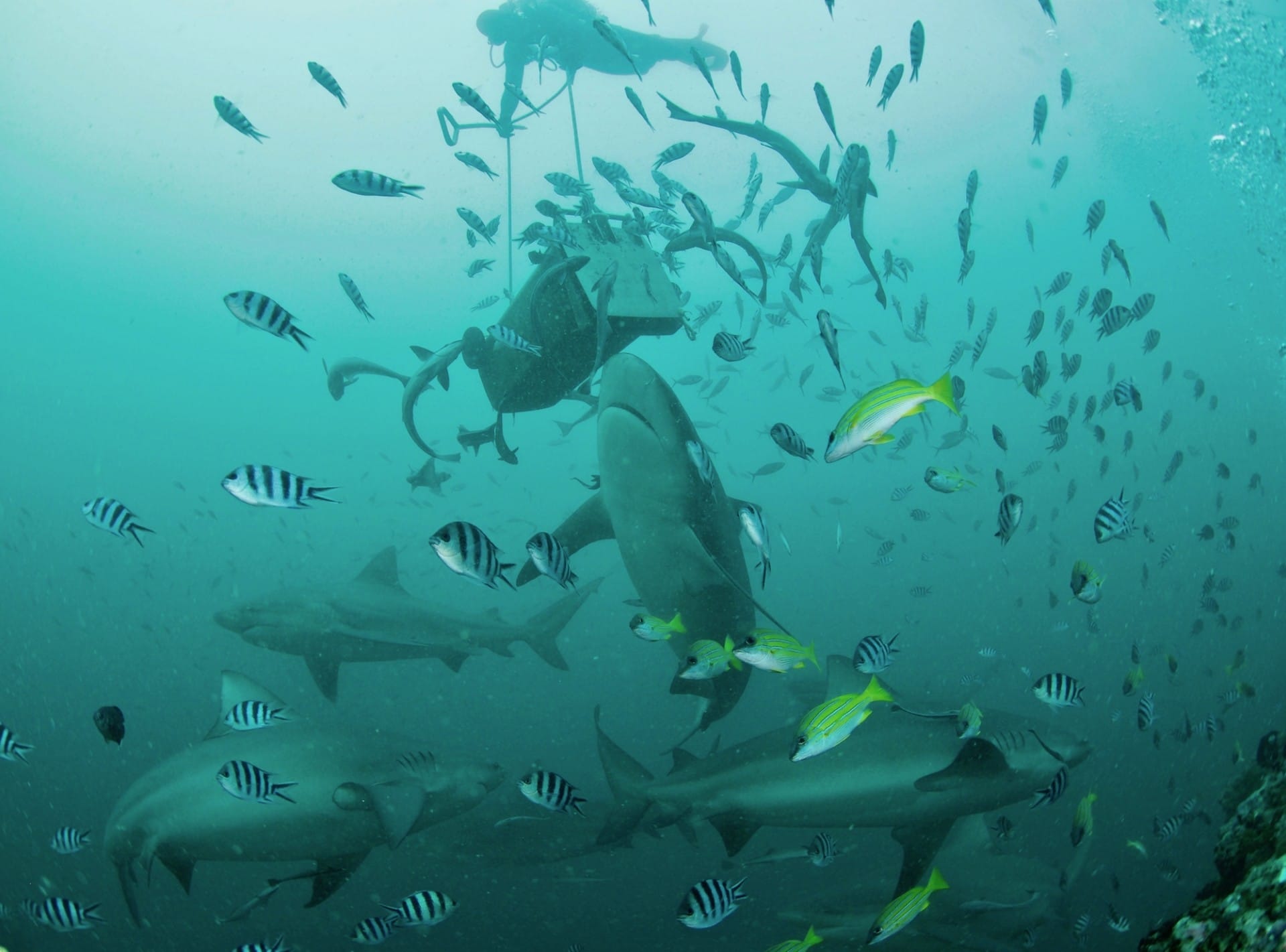
Once in the water we descended with our DM and took up position in front of ‘The Arena’, behind a wall built of coral rubble at 30m. Once all the divers were positioned with DMs at either end and at various points behind us with big poles, the feed began! Another DM swam above us with a wheelie bin full of tuna heads, controlling the position and timing of the dropped food so that as the Bull sharks came in they would chomp up the fish just in front and above our heads, giving a magnificent view of these huge sharks in feeding mode. For 15 minutes huge Bull sharks swam all around us, feeding and cruising past, eyeballing the group. The experience was made all the more atmospheric by the low visibility – dark shadows emerging into oncoming sharks in what felt like the last few metres!
After 15mins at depth we moved up to the next level, 10m for an another 15 minutes, to view Grey, Whitetip and Blacktip Reef sharks, which were fed fish from a smaller container by a DM. The final part of the dive was really an extended safety stop at 5m, with around 10mins to enjoy the reef sharks and abundant fish life at the top of the reef before surfacing.
With everyone buzzing about the dive we were served hot drinks and cookies on the boat, while the marine biologist took data from us, about what sharks we had seen and how many we estimated there were of each species. Apparently today was a quiet day with ‘only’ 20+ Bull sharks (they can get up to 70+ on a busy day!). He then gave us a talk on the shark species we had seen, their behaviours, and some great information about the formation of the marine reserve and their continuing projects and data collection.
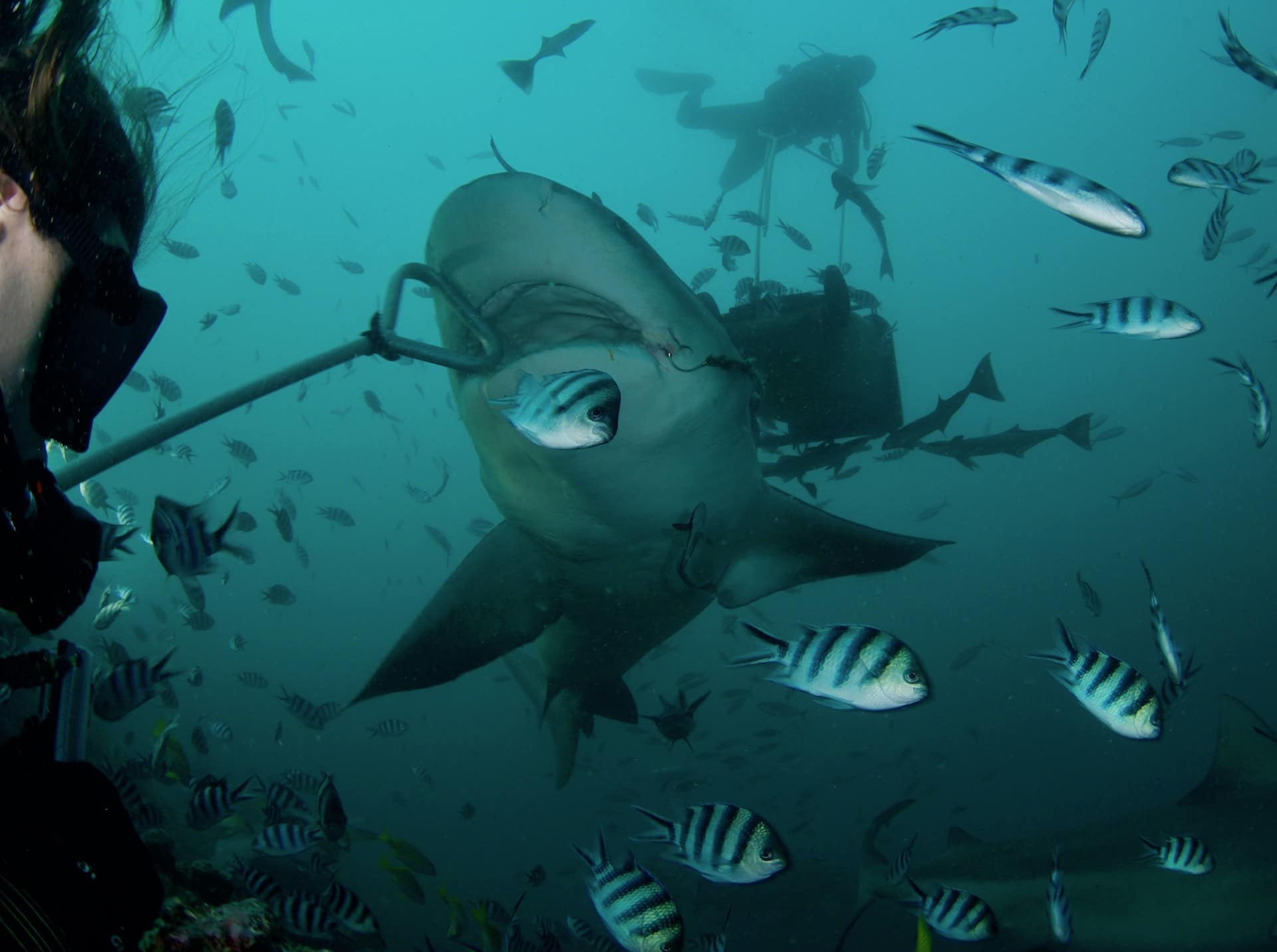
After a lengthy surface interval to off-gas, we headed back in at ‘The Take Out’ to do a 15m dive for 30mins and 5m for 10mins. Here we lay on slabs of rock behind a small wall and had some even closer Bull shark action. The DM behind me occasionally had to bop a shark on the snout if it continued towards us a bit too close, but the sharks seemed very used to the routine and interested only in having a snack of tuna head. The visibility was worse on this dive, adding to the drama, but also making we wish we could experience it again in clear water. After half an hour, which seemed like only minutes with all the stunning sharky action, we headed up to safety stop depth and once again enjoyed the Reef shark feeding.
I didn’t know how I would feel about the shark dive going in, but was prepared to give it a go and I knew I would love seeing sharks in close proximity. Having done the two dive morning, I am very impressed with the set up at B.A.D. Safety wise it is excellent as the very structured dive plan contributes to the high level of control the staff have at all times. The feeding was organised to allow everyone to get a good view and close up action with the sharks, and the high ratio of DMs to divers means the staff have total control of the group and the ability to turn away any shark that gets a little too curious without any drama. Having a multi-level dive also allows divers to see several different species of shark on one dive and extend the dive time.
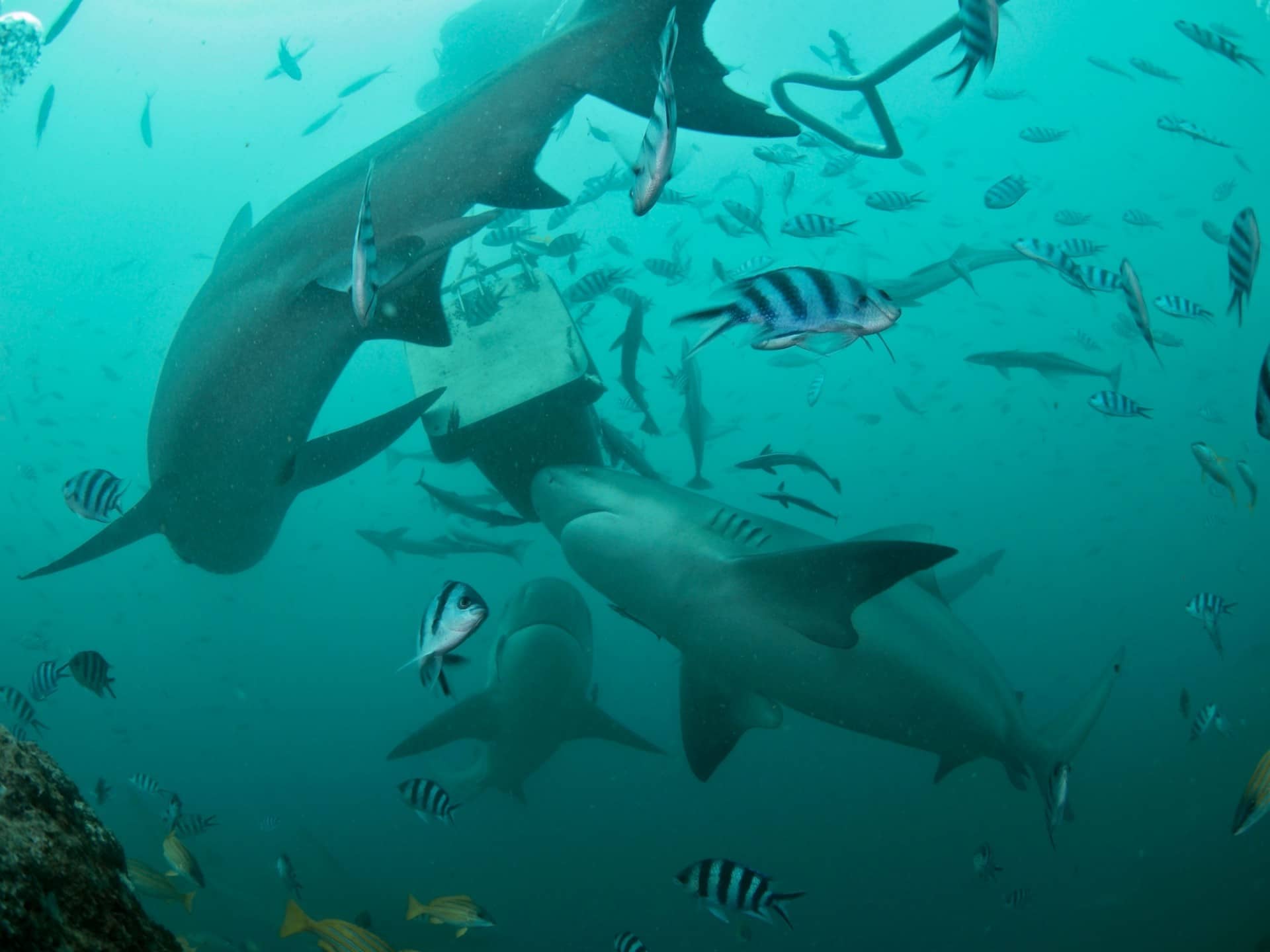
The staff on the boats and in the water were all locals, all of whom were knowledgable, professional and exuded a calm on a boat full of very excited tourists. I was really impressed that they had a marine biologist on each boat to provide info, take data and answer questions. Also we were told that a portion of the money from tourism goes to local communities that have given up their fishing rights in order to create and maintain the marine reserve, which is great news and a good conservation strategy.
Sadly as the weather was worsening and the vis deteriorating, the afternoon dive was called off and so we packed our things and headed off for a good lunch, all that excitement certainly works up an appetite!
On the whole, we had a really good experience with the Fiji Shark Dive in Beqa Lagoon and would recommend it to anyone who wants to see Bull sharks up close. However if you want to do lots of diving and see some of Fiji’s other world class dive sites in all their glory, I would recommend paying high season rates and travelling to Fiji outside of the typhoon season!
Blogs
Join Pharaoh Dive Club for Red Sea Splash Family Summer Camp in August 2024
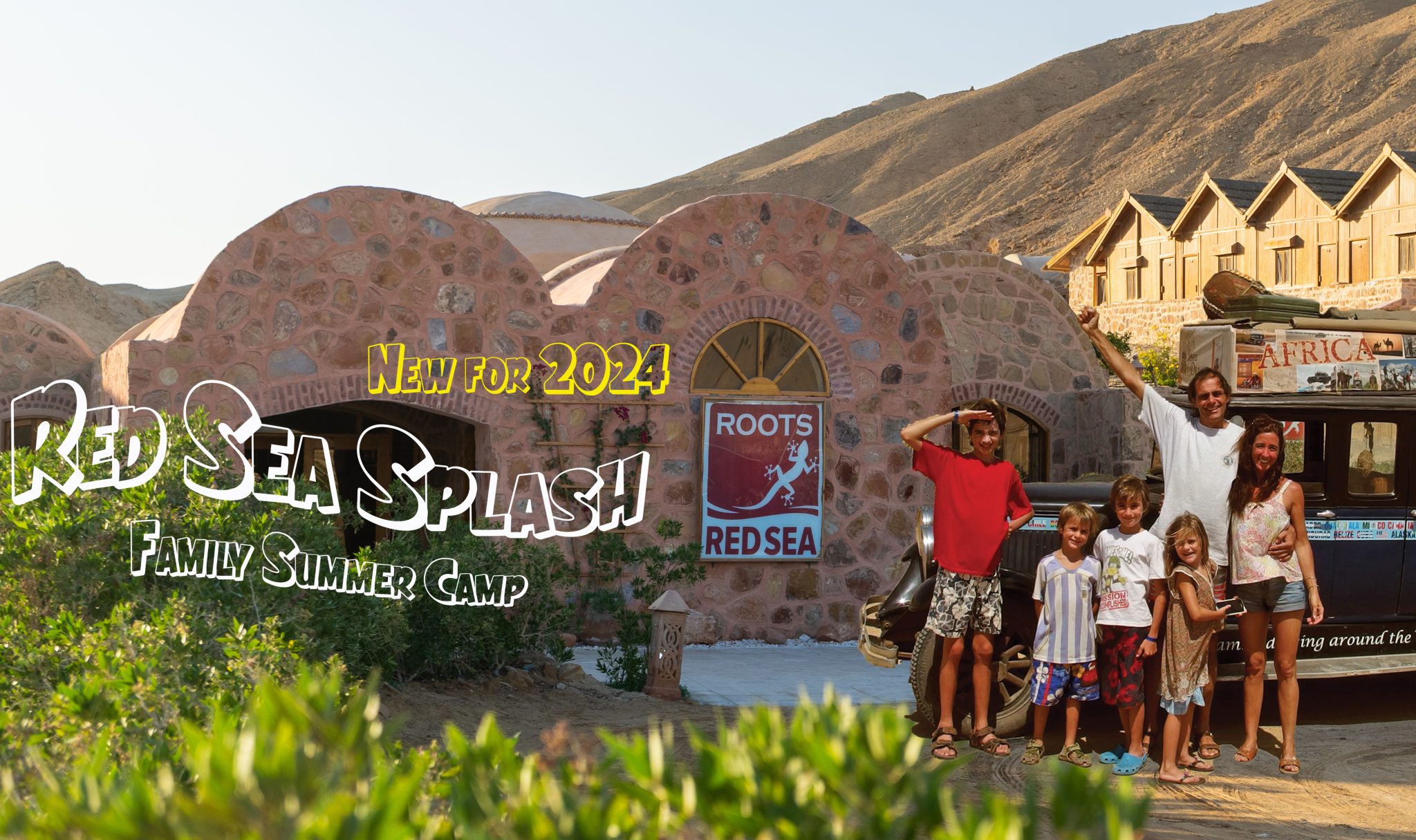
3rd AUGUST 2024 – 1 or 2 WEEK PROGRAMMES
Daily water programme with Snorkelling & Scuba Diving.
Beginners or qualified, something for all.
Leave the kids with the Splash Team for days of Excitement, Fun & Adventure!
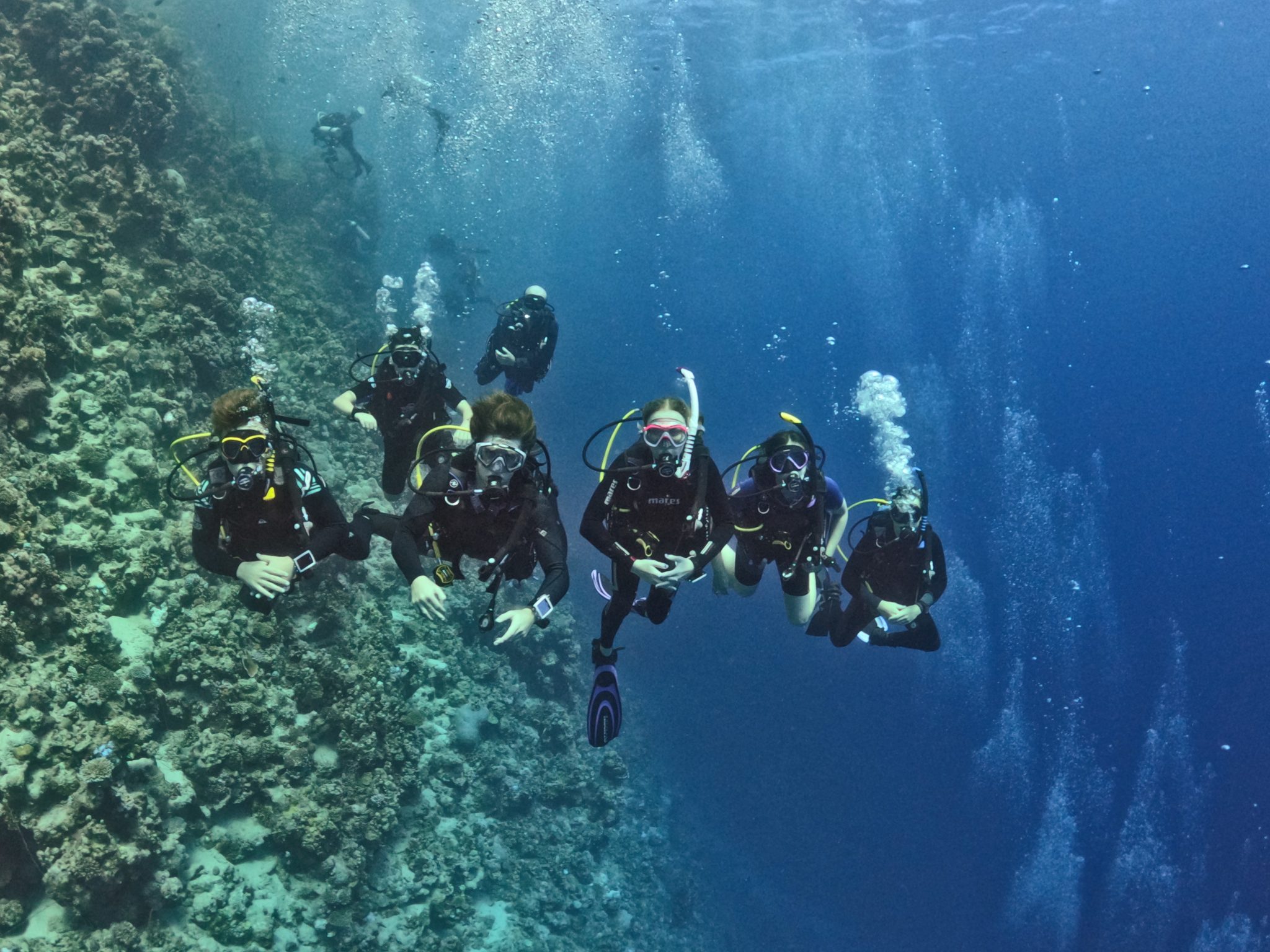
BOOK NOW: INFO@PHARAOHDIVECLUB.COM / TEL: +44 7598 329059 or +20 100 6822000
There are various options for accommodation with options for 2, 3, 4 or 5 guests.
Eco Huts provide accommodation for families of up to 4. The best option to enhance the adventure and closest to camping with basic facilities. For August we will provide central air cooling for all the Eco Huts.
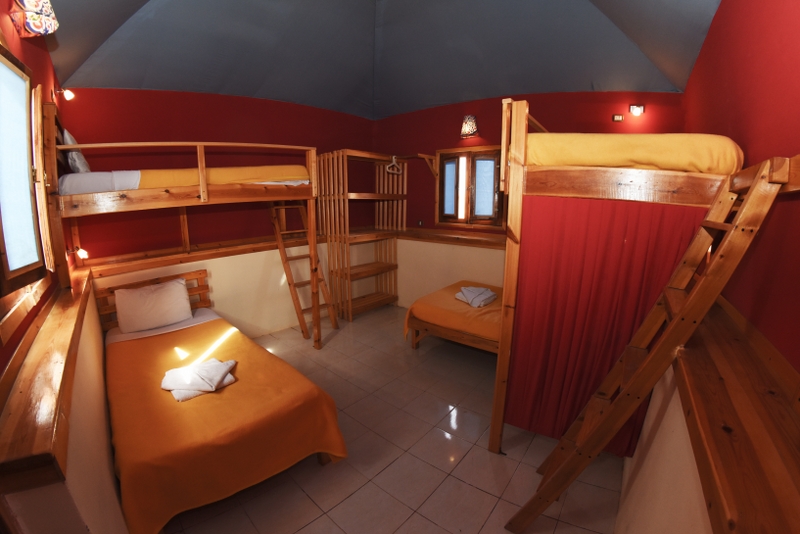
Deluxe Chalets are only suitable for 2 guests. Fully air conditioned rooms with private bathroom and other facilities.
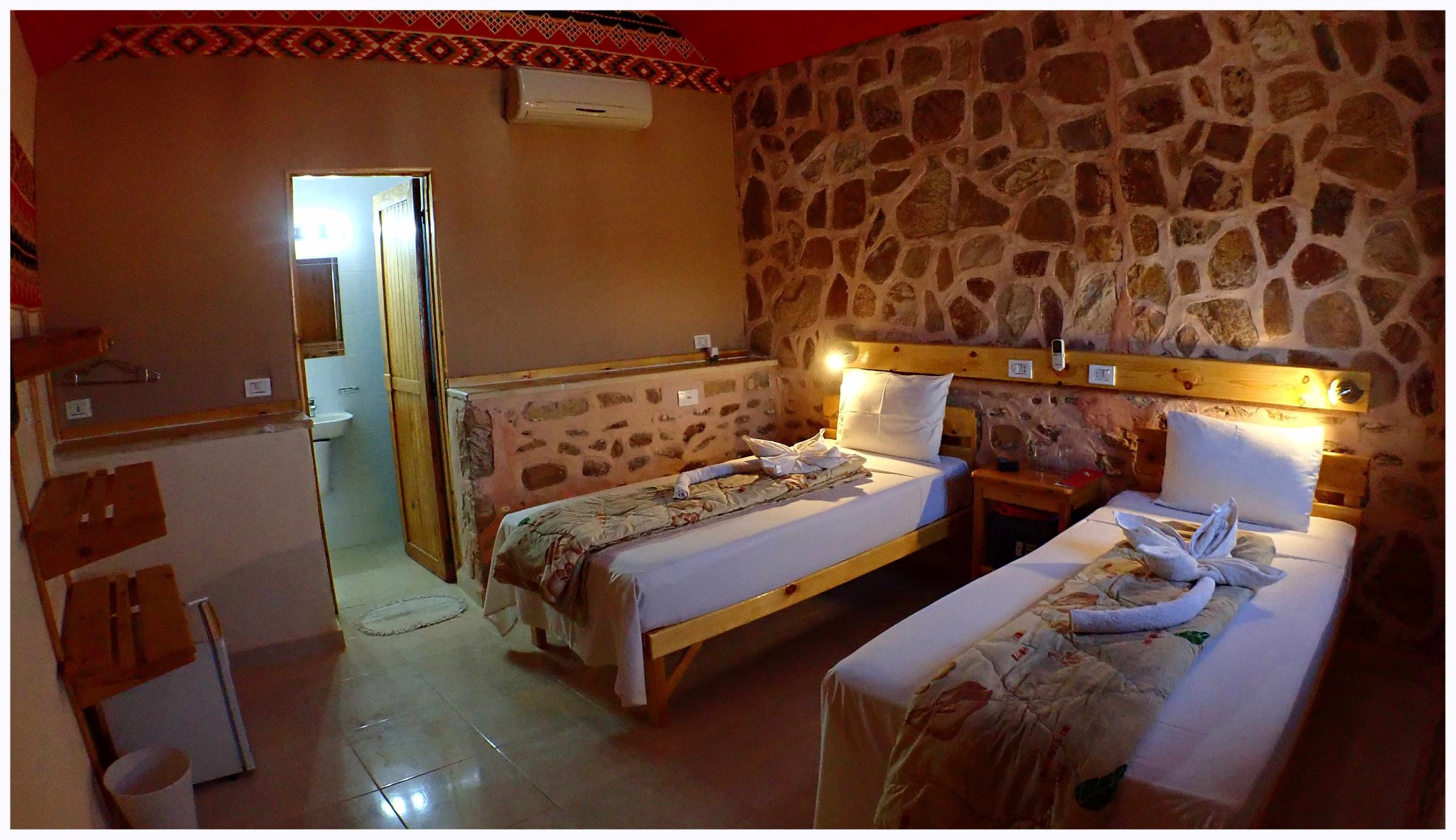
Boutique Rooms are available for families of up to 5.
Individual bespoke rooms fully air conditioned with private bathroom and other facilities.
Eco Huts: £675 per adult / £425 per child / Under 8 FREE of charge
Deluxe Chalet: £830 per adult / £505 per child / Under 8 FREE of charge
Boutique Room: £925 per adult / £550 per child / Under 8 FREE of charge
BOOK NOW: INFO@PHARAOHDIVECLUB.COM / TEL: +44 7598 329059 or +20 100 6822000
This is a truly unique opportunity to have a Family Desert Adventure totally away from it all! You will be based at the remote Roots Red Sea on the coast of the Egyptian Eastern Desert, 140km south of Hurghada city.
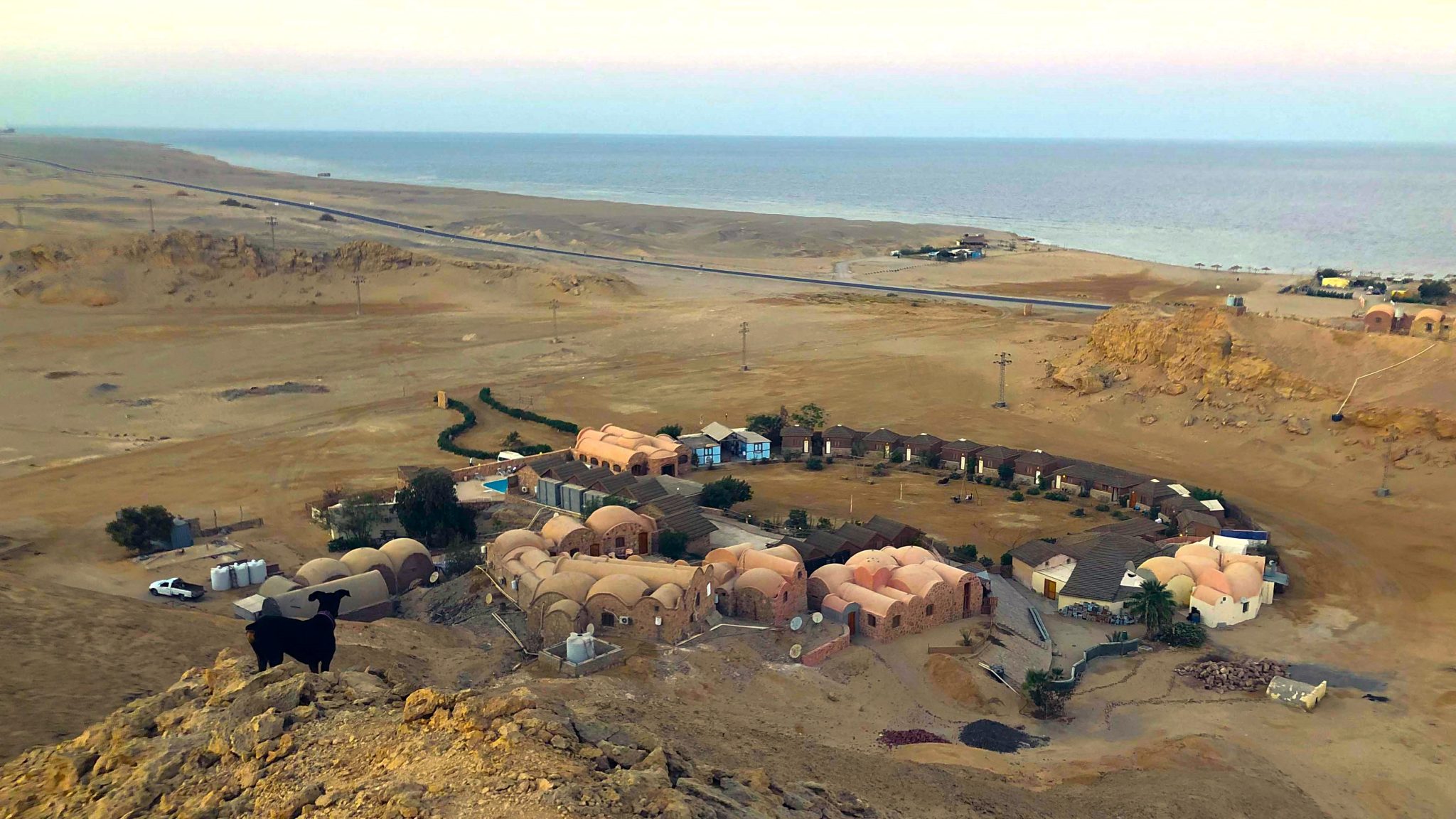
Red Sea Splash main focus is Snorkelling & Scuba Diving but that’s not all, we provide a rounded week of activities in support.
Pool& Field Games – Arts & Crafts
Marine Biology Workshops
Cultural Activities – Orienteering Adventures
Roots Red Sea have established strong links with the local communities of Hamerwain & El Quseir affording our guests to have a true taste of the local culture, SPLASH CAMP embraces this opportunity and bring in the local children to join in the fun with our adventure seekers.

During the day, families are welcome to take part in all activities together or the kids can be left with the SPLASH CAMP team while the parents enjoy the facilities or go diving themselves!

At the end of the day, its family time while the SPLASH CAMP team take a break. For those with the energy, there are family evening activities planned a few evenings.
Open Air Movie Night – Desert Star Gazing Walk & Talk
El Quseir Evening City Tour
The second week is very special, we head off on the Big Blue for a liveaboard safari around Fury Shoals.
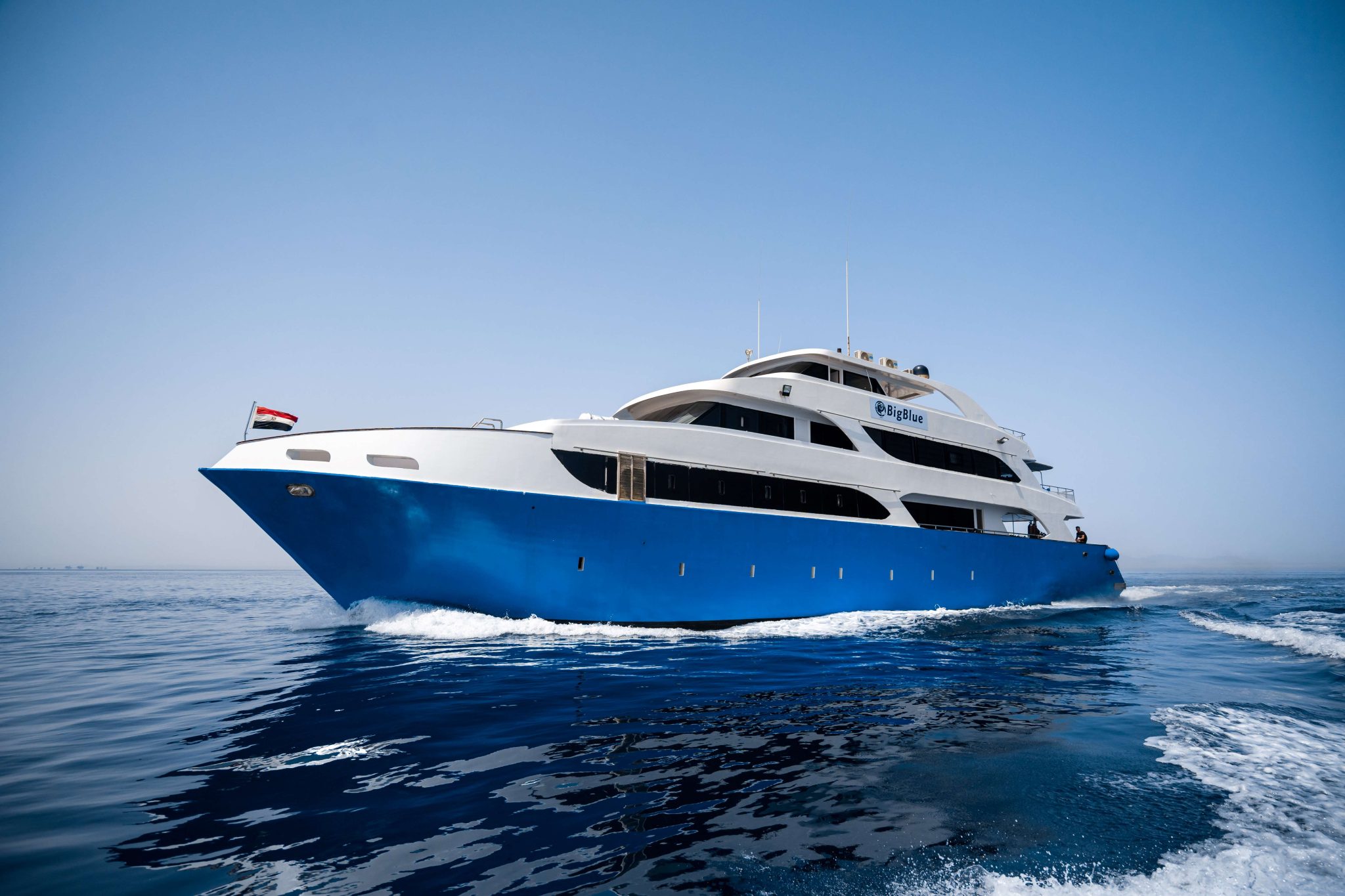
BOOK NOW: INFO@PHARAOHDIVECLUB.COM / TEL: +44 7598 329059 or +20 100 6822000
U-8 Splash Club
Sadly we can’t offer Scuba Diving to the Splash Club but we can have lots of fun Snorkelling & Free Diving!
Splash Club includes:
Certified Snorkel Course – Marine ID Games – Intro to Free Diving
Arts & Craft Sessions – Adventure trails – Cultural Playtime – Pool Games
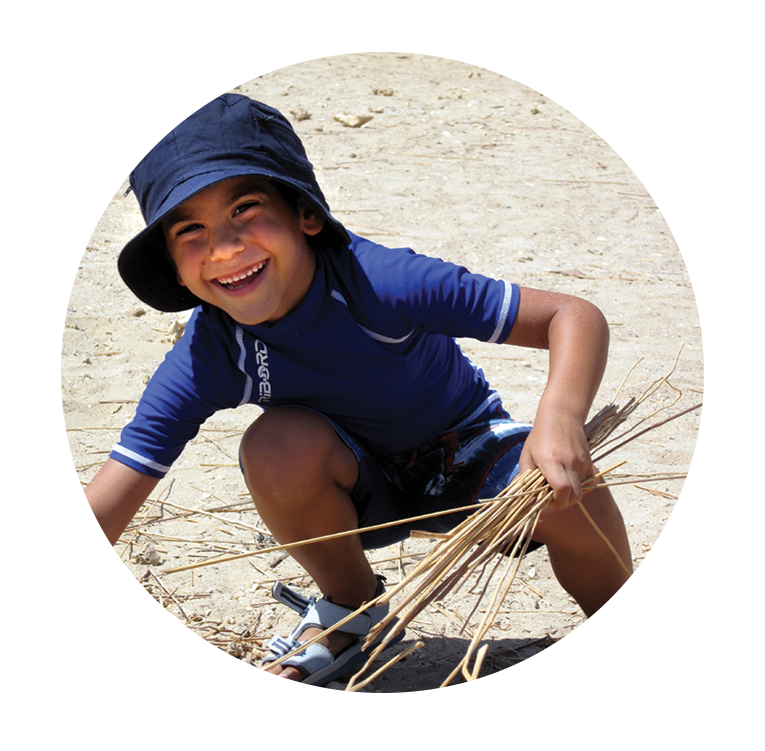
U-12 Explorer Club
In addition to an exciting snorkelling and Free Diving Programme in the Splash Club we can take you under the water on SCUBA to a whole new world of fun and wonder. If you are under 10 your first breath under water will be as a Bubblemaker and continue with daily Seal Team Missions. From 10 we will complete a Discover Scuba Diving experience in the amazing Red Sea. Alternatively we offer a full junior certification programme to become an international qualified Scuba Diver.
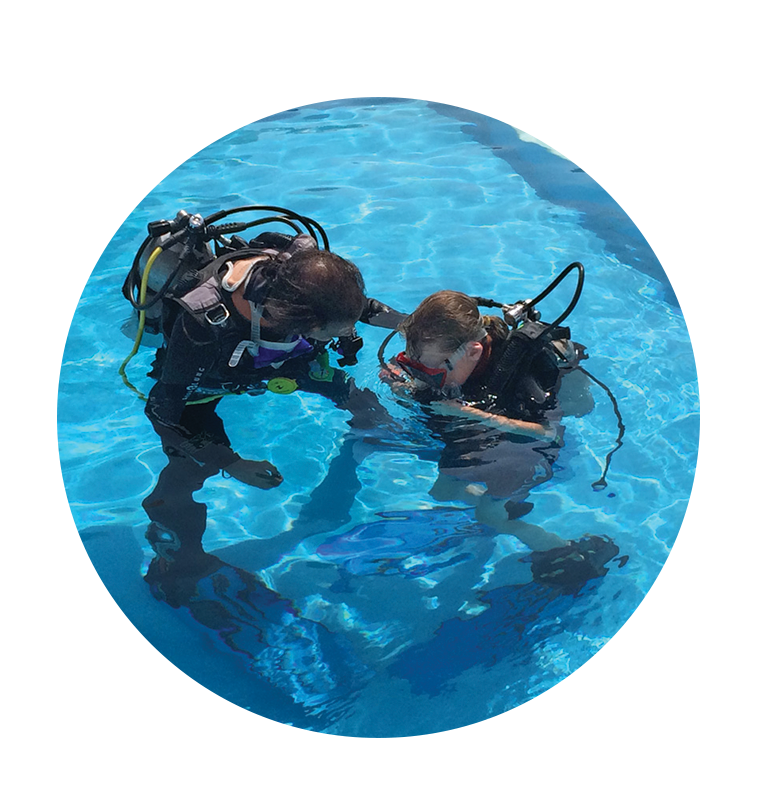
U-16 Adventurer Club
For qualified Scuba Divers regardless of age it’s the Adventurer Club and exploration of the local reefs and marine life. There will be 2 dives every day with the Open Ocean marine field station team who will introduce you to Red Sea marine life and workshops on marine research. Alternatively there are opportunities to continue your scuba diving certifications with our instructional team.
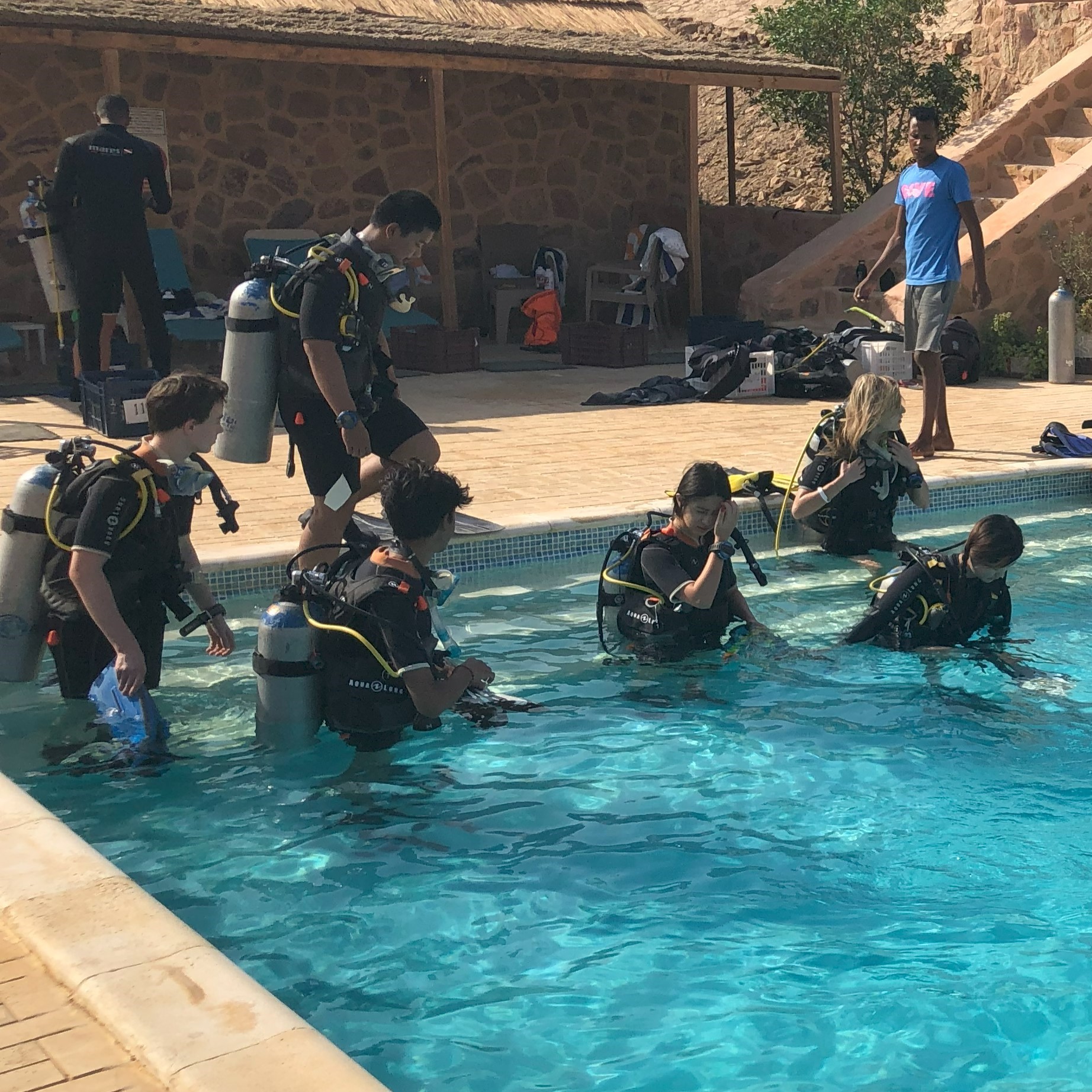
Parents are welcome to join the club activities and join the courses.
BOOK NOW: INFO@PHARAOHDIVECLUB.COM / TEL: +44 7598 329059 or +20 100 6822000
Big Blue might seem like the new kid on the block, but the team behind the highly acclaimed liveaboard is far from that. They have been running Red Sea safaris since the late 1980’s and were in fact part of the early pioneers who ventured out to the unknown on vessels that in today’s world, really shouldn’t have left the harbour! It’s that experience and the years of operating the award-winning Roots Red Sea resort which truly set Big Blue apart from the crowd!

Large lounge area, spacious sun deck and terrace deck.
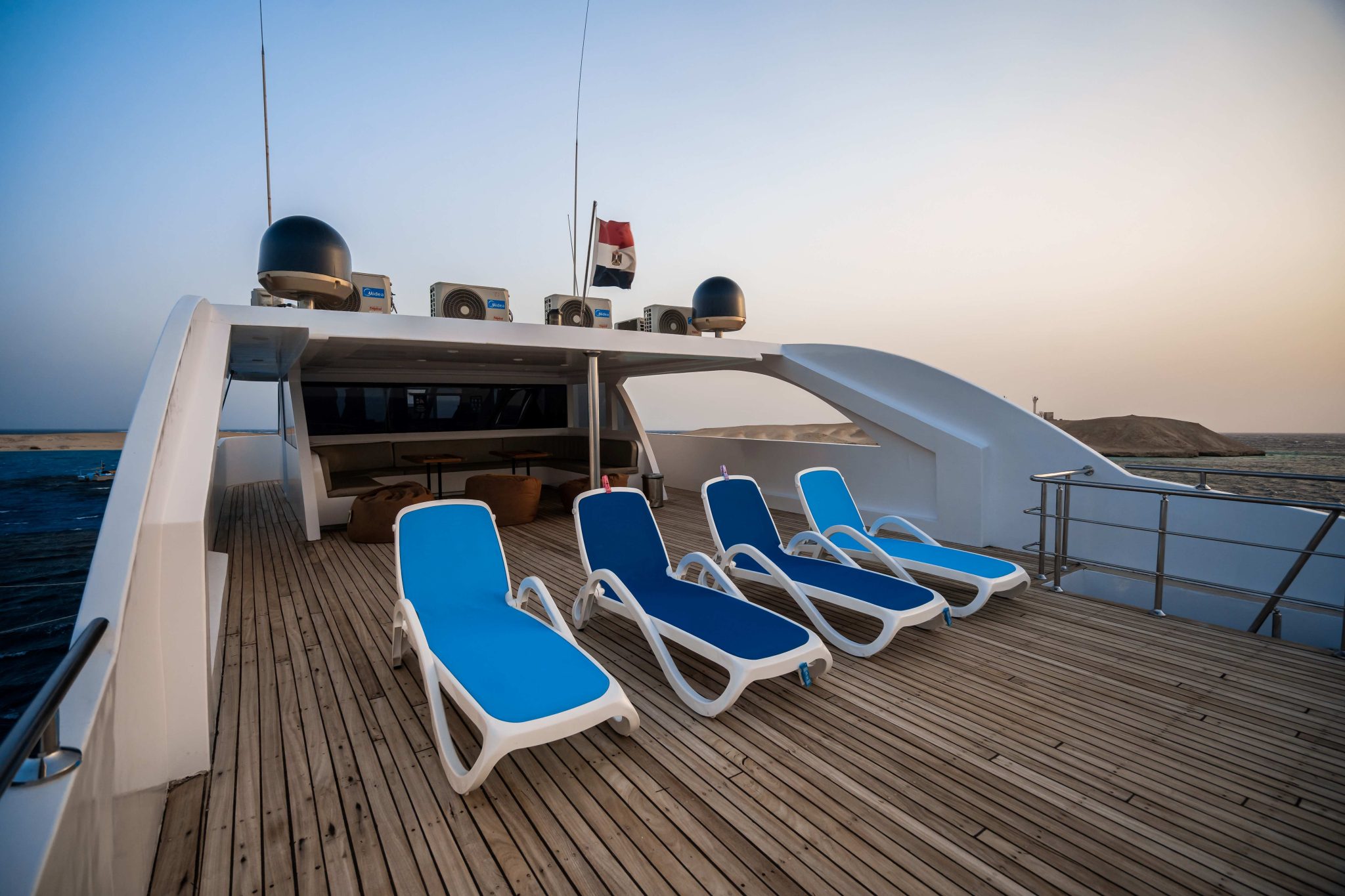
Airy restaurant with five tables with up to six chairs per table, serving a varied and delicious menu with special dietary requirements catered for.
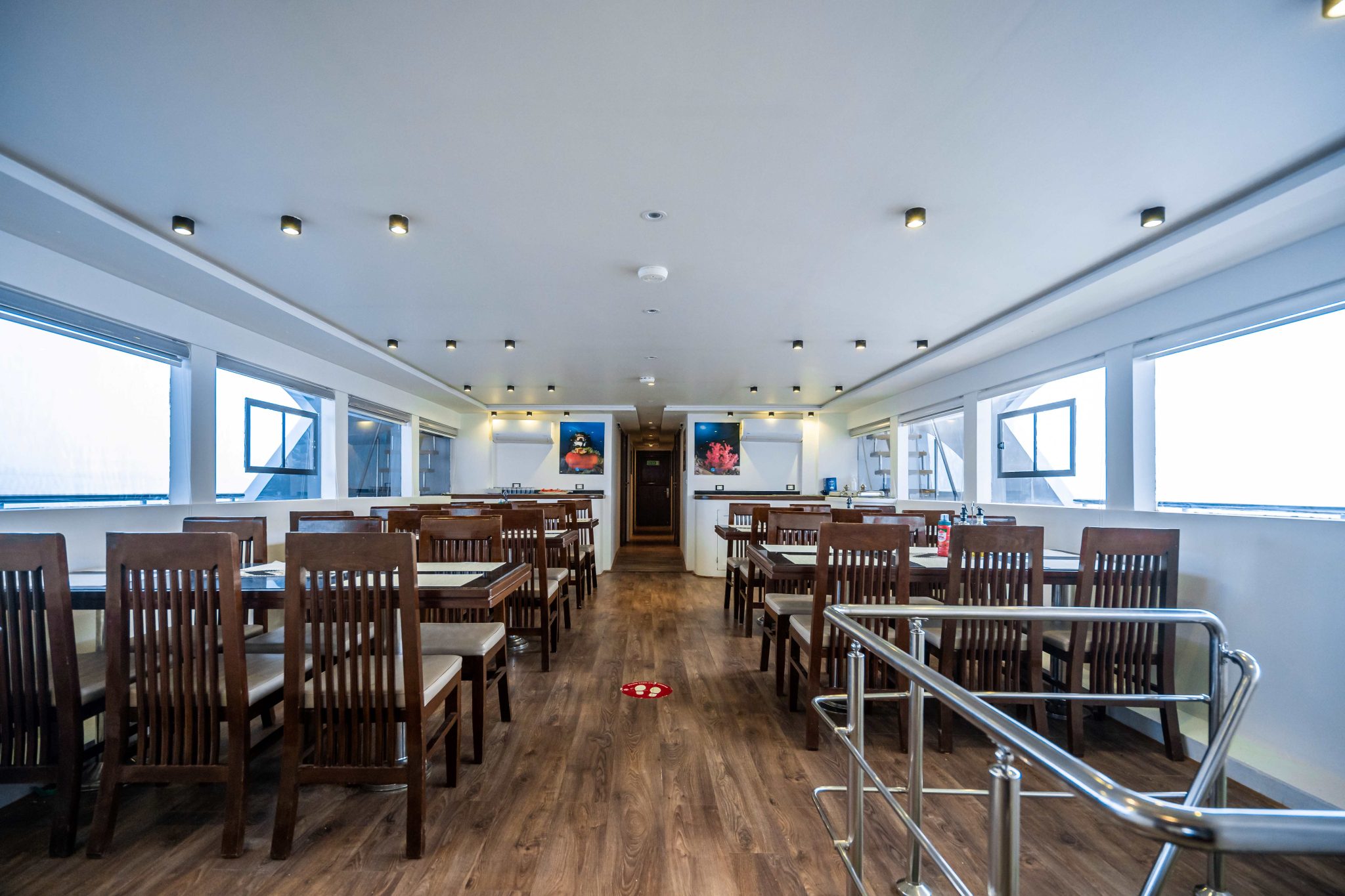
The spacious cabins have side by side beds and a large walk in wet bathroom.

Ample dive deck for divers & snorkelers.
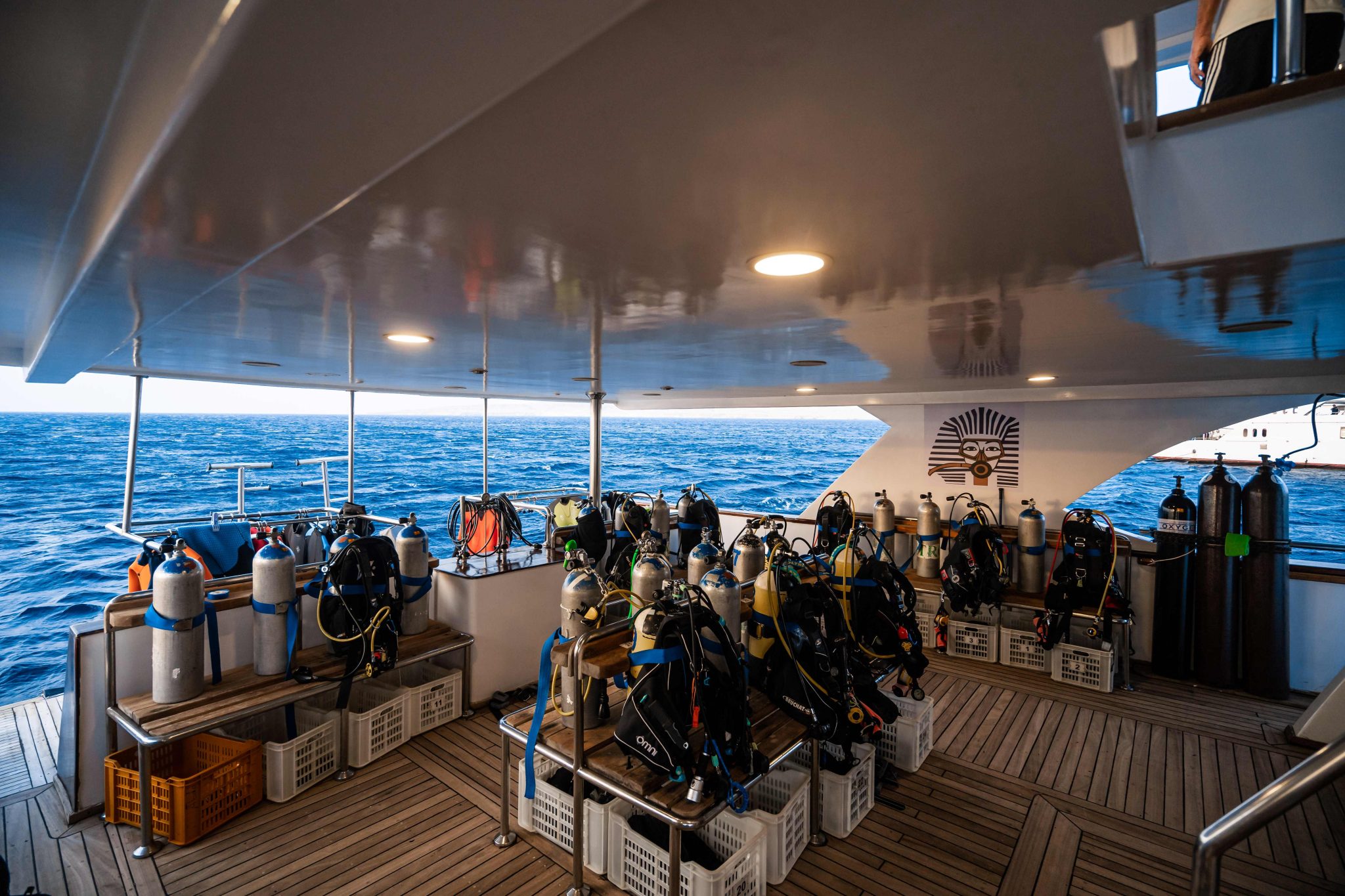
Safety is everyone’s priority, whether you are relaxing on board, swimming, snorkelling or diving.
On board Big Blue is fitted with smoke alarms, emergency lighting and a fire alarm system. The lower corridor has a full-size door fire exit at the bow and open stairs to the stern. There are evacuation plans in each room along with life jackets, glass breaker tool and a fire extinguisher.
BOOK NOW: INFO@PHARAOHDIVECLUB.COM / TEL: +44 7598 329059 or +20 100 6822000
Red Sea Splash at Fury Shoals is a very rare opportunity to get involved with marine biology expedition for children and adults. Open Ocean biologists are on board to provide fascinating and entertaining facts about the marine life you will see. The team will provide workshops on marine life identification and survey methods both of which, should you wish, you will have the chance to put into practice during your safari.
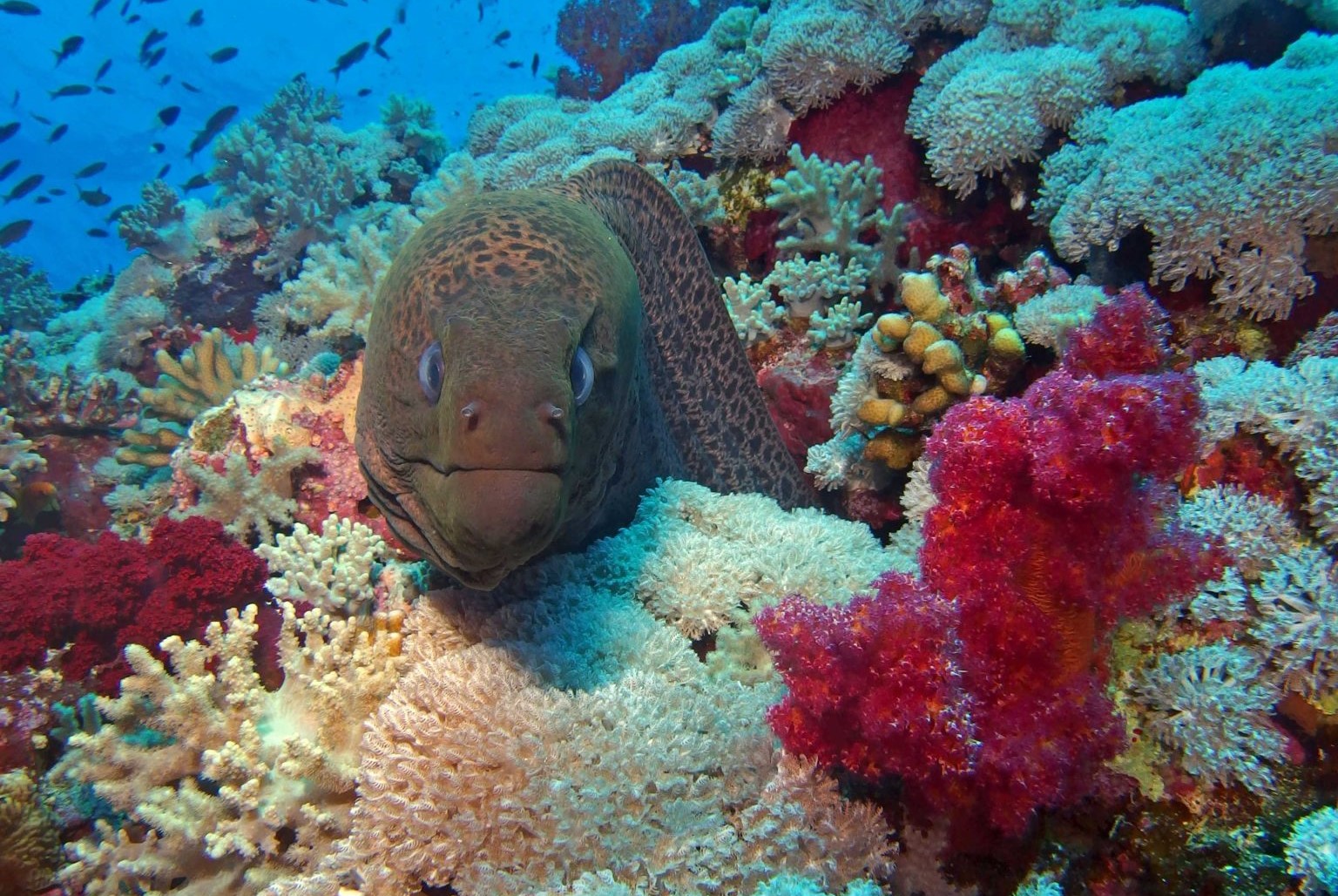
The week is open to snorkelers, scuba divers and non divers too!
Fury shoals is perfect for first time mariners as it offers plenty of protection from the weather.
We board at Port Ghaleb on Saturday evening and prepare to set sail early on Sunday morning.
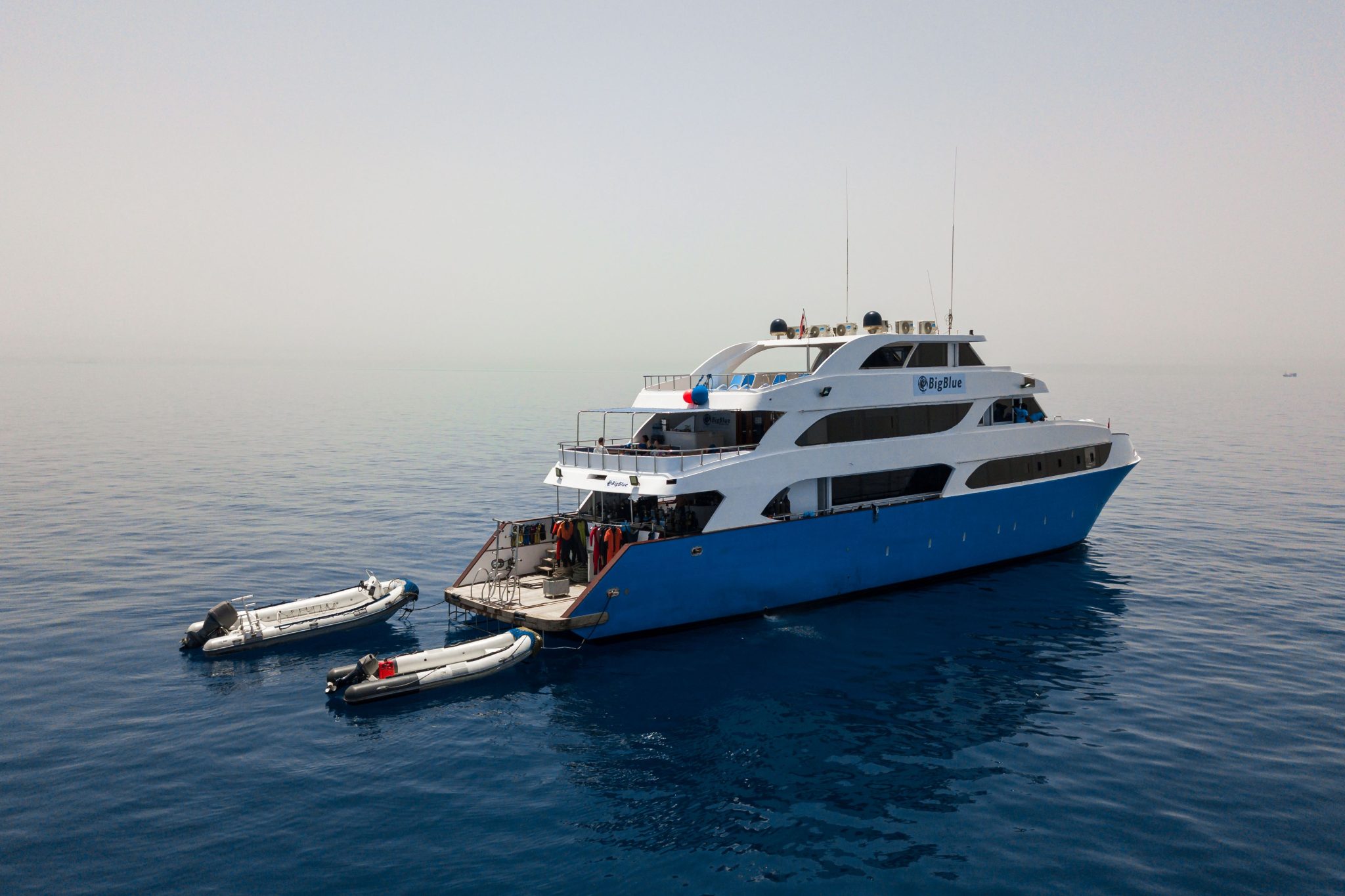
Heading south, our first day will be diving the reefs of Abu Dabbab before sailing overnight to reach our ultimate destination the Fury Shoals.
Here we will spend four days swimming, snorkelling and scuba diving amazing reefs. This includes guaranteed DOLPHIN encounters at Sataya Reef! After the last dive we haul anchor and head back to Abu Dabbab for our final two dives before disembarking our boat BIG BLUE.
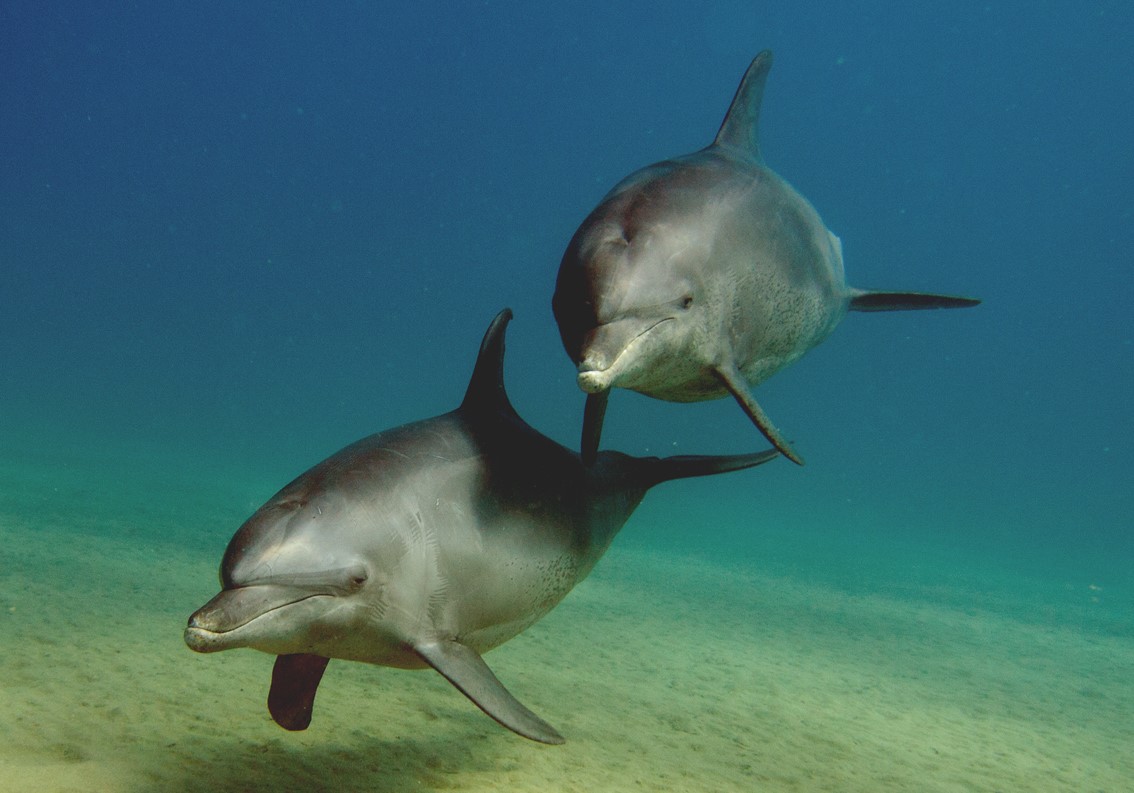
Camp Extension Cost*
Adult £650 per adult
Under 16 £350 per child
BOOK NOW: INFO@PHARAOHDIVECLUB.COM / TEL: +44 7598 329059 or +20 100 6822000
FURTHER INFORMATION – INFO@PHARAOHDIVECLUB.COM
TEL: +44 7598 329059 or +20 100 6822000
Blogs
Meet Pure Dive Resort: Your Gateway to Unforgettable Diving in Bali, Indonesia
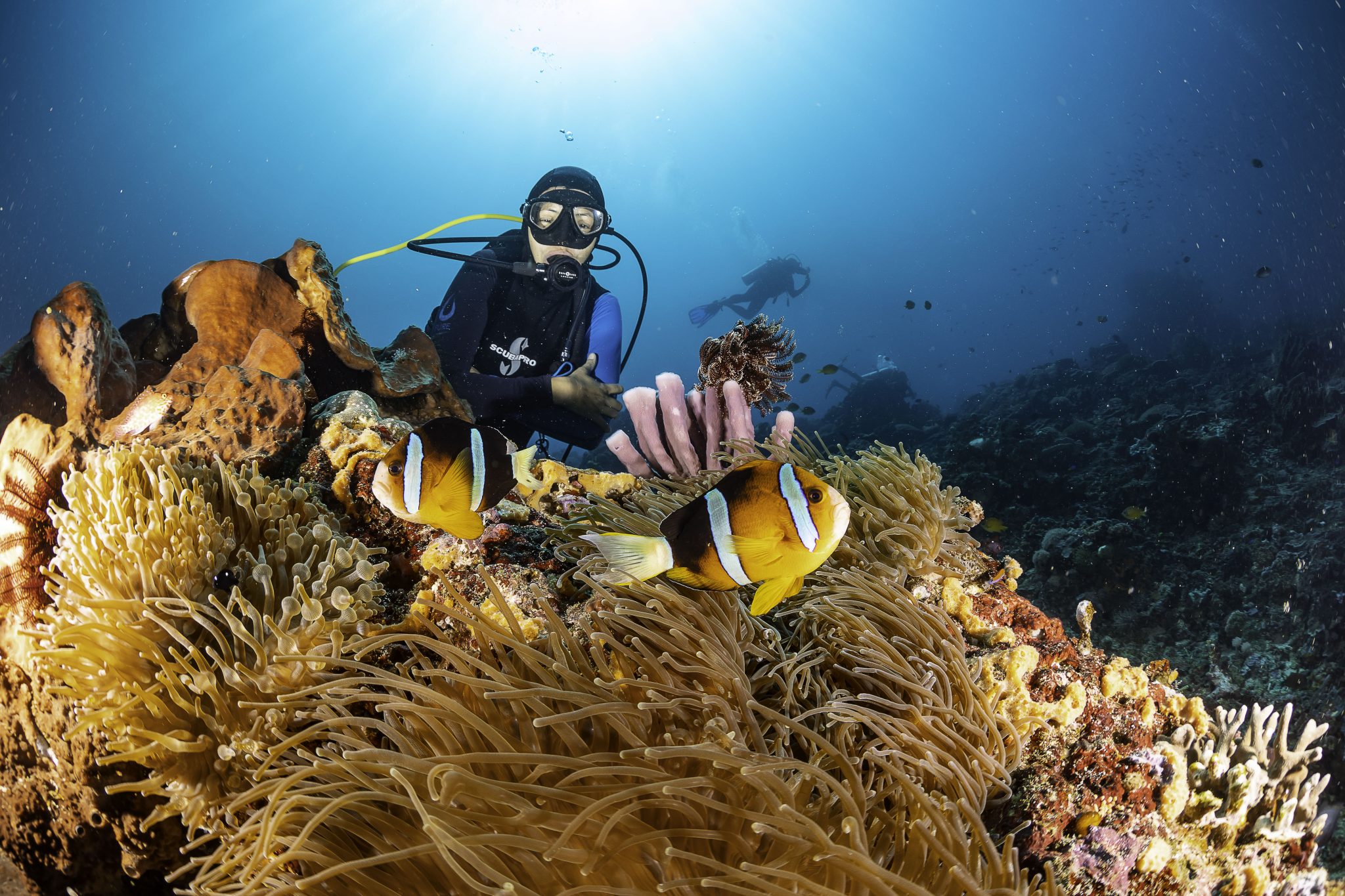
If you’re passionate about the underwater world, listen up! We’ve got an incredible opportunity for you to experience the vibrant reefs and majestic marine life of Nusa Penida, Bali, Indonesia.
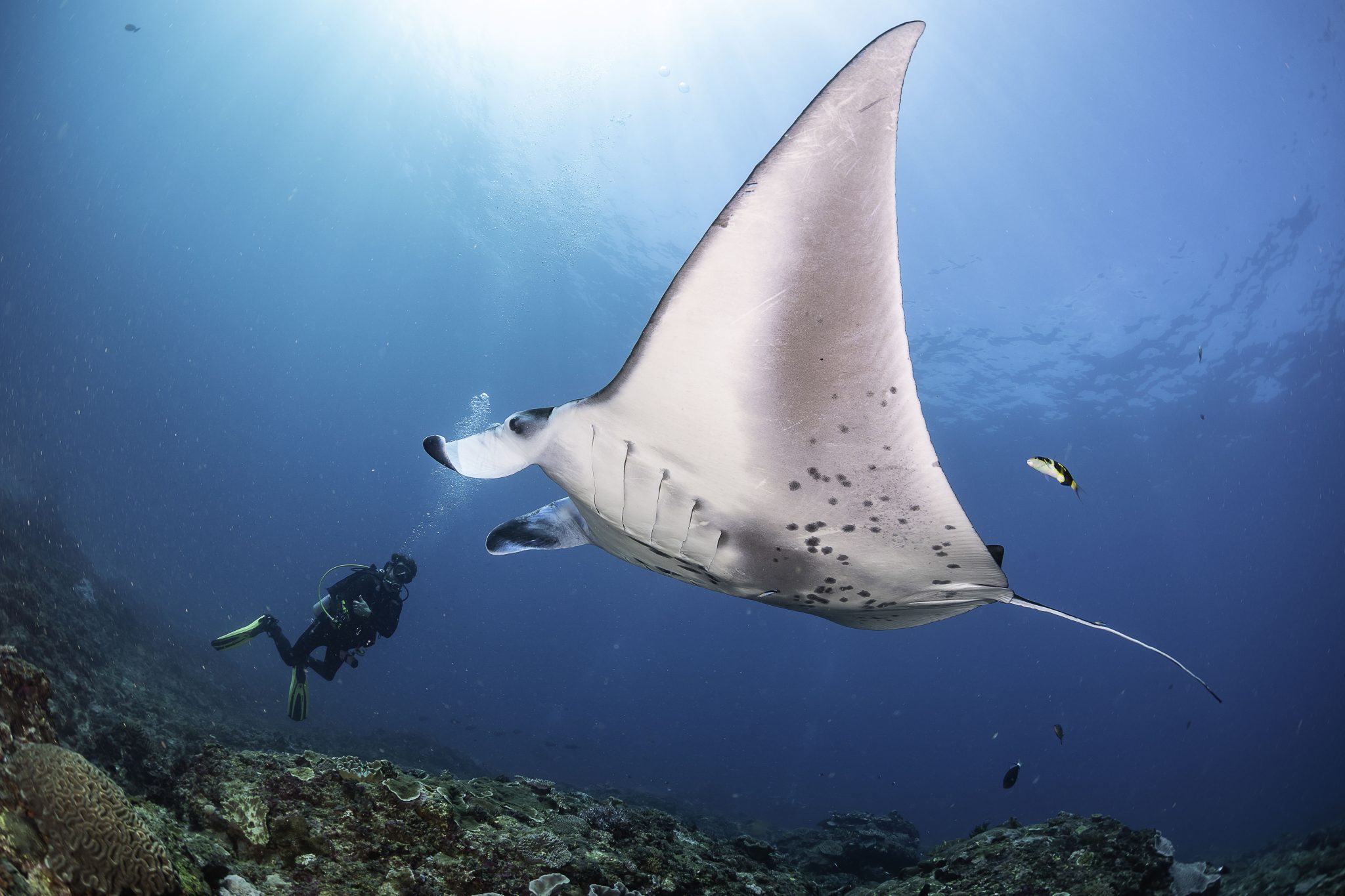
info@purediveresort.com / +62 811 3999852 / www.purediveresort.com
Pure Dive Resort isn’t just another dive centre; it’s a team of experts dedicated to providing world-class scuba diving and freediving adventures around Nusa Penida, Lembongan, Ceningan, and even Bali.
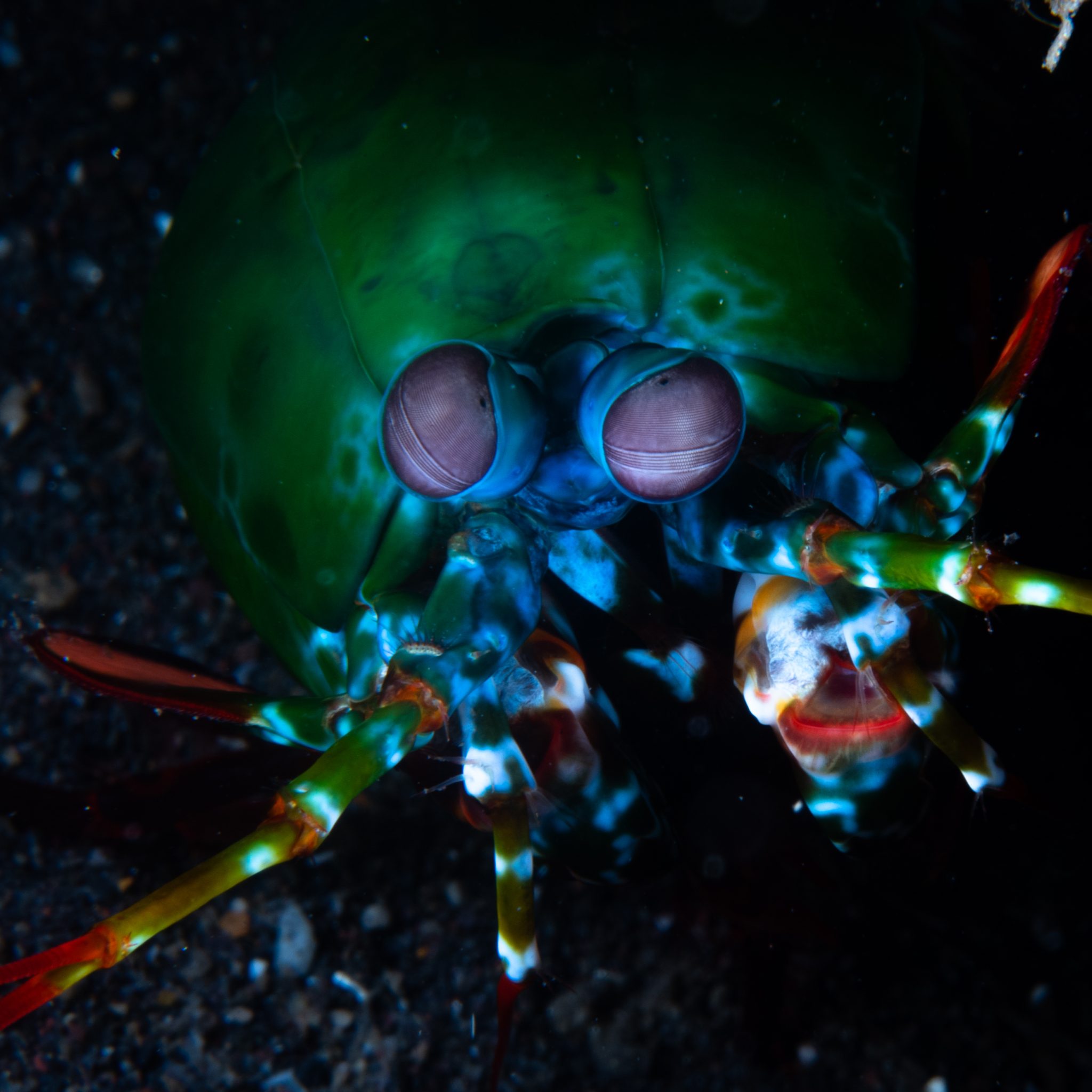
info@purediveresort.com / +62 811 3999852 / www.purediveresort.com
Whether you’re a seasoned diver or completely new to the sport, Pure Dive Resort has something for you:
For certified Divers: Discover stunning dive sites, encounter manta rays, seasonal mola-mola (sunfish), and a dazzling array of marine life.
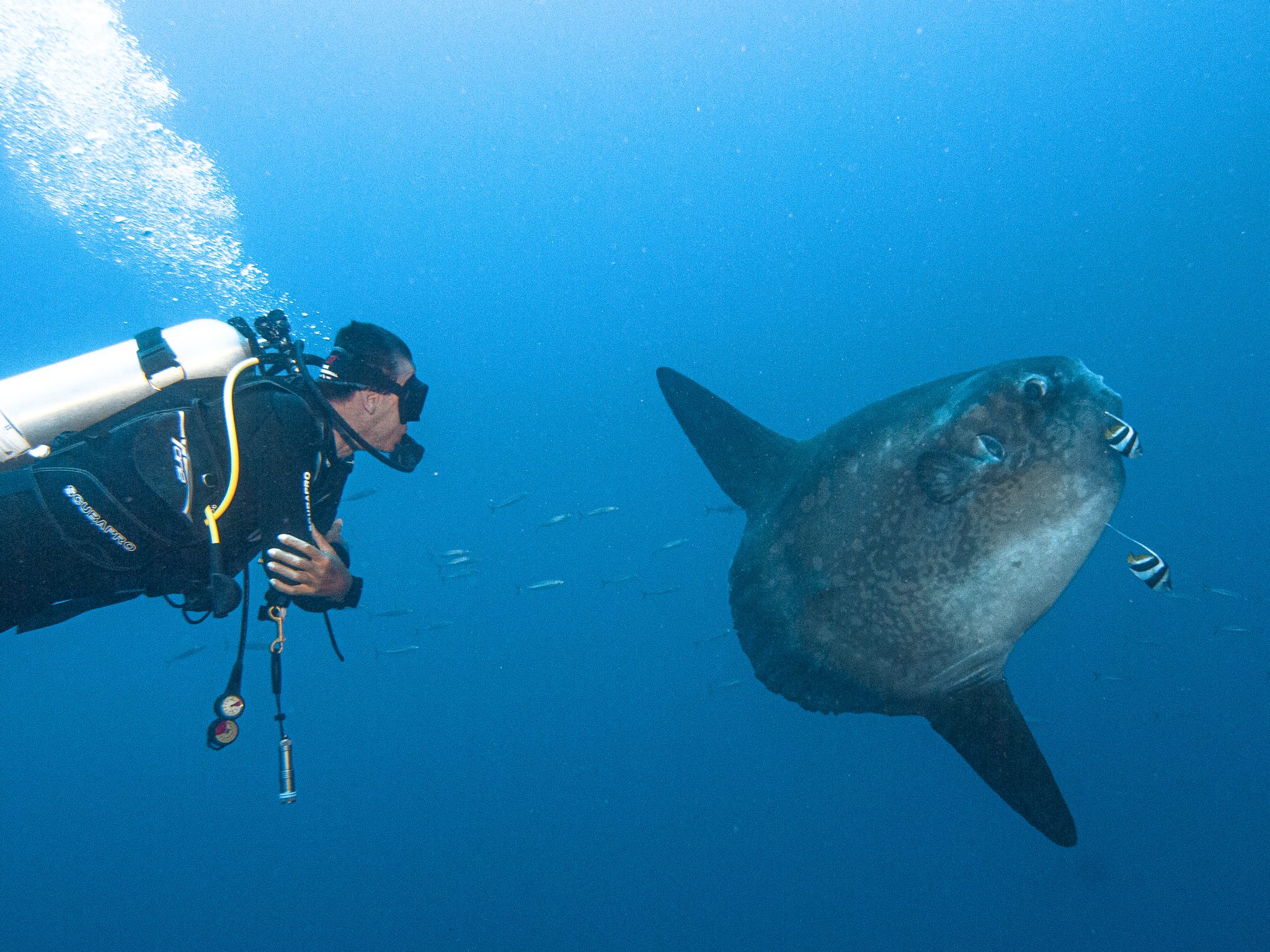
For beginners: Embark on your scuba journey with beginner programs like Try Scuba and Basic Diver, Open Water and Advanced certifications.
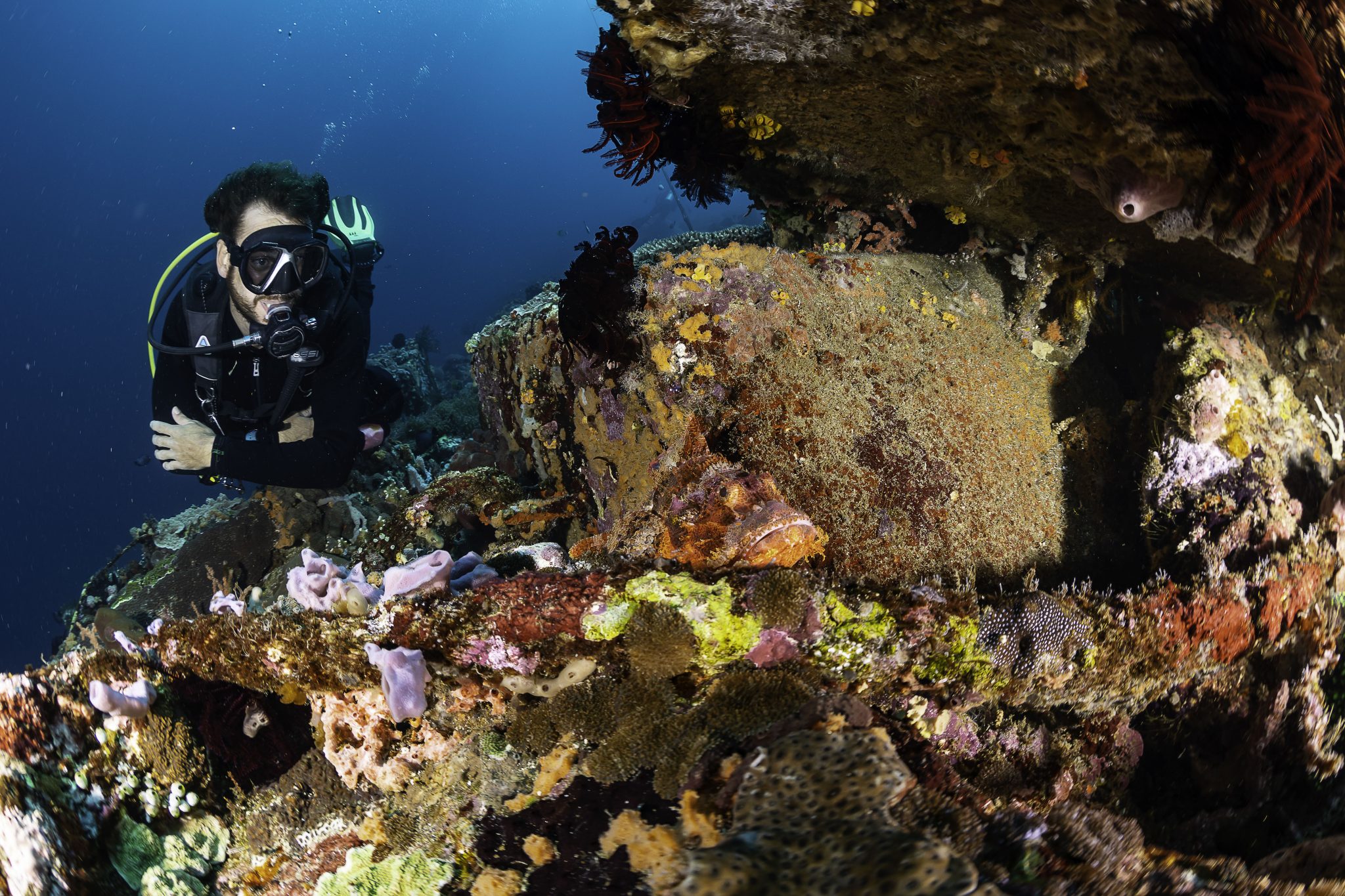
Freedivers: Explore the depths on a single breath with guided freediving experiences and courses.
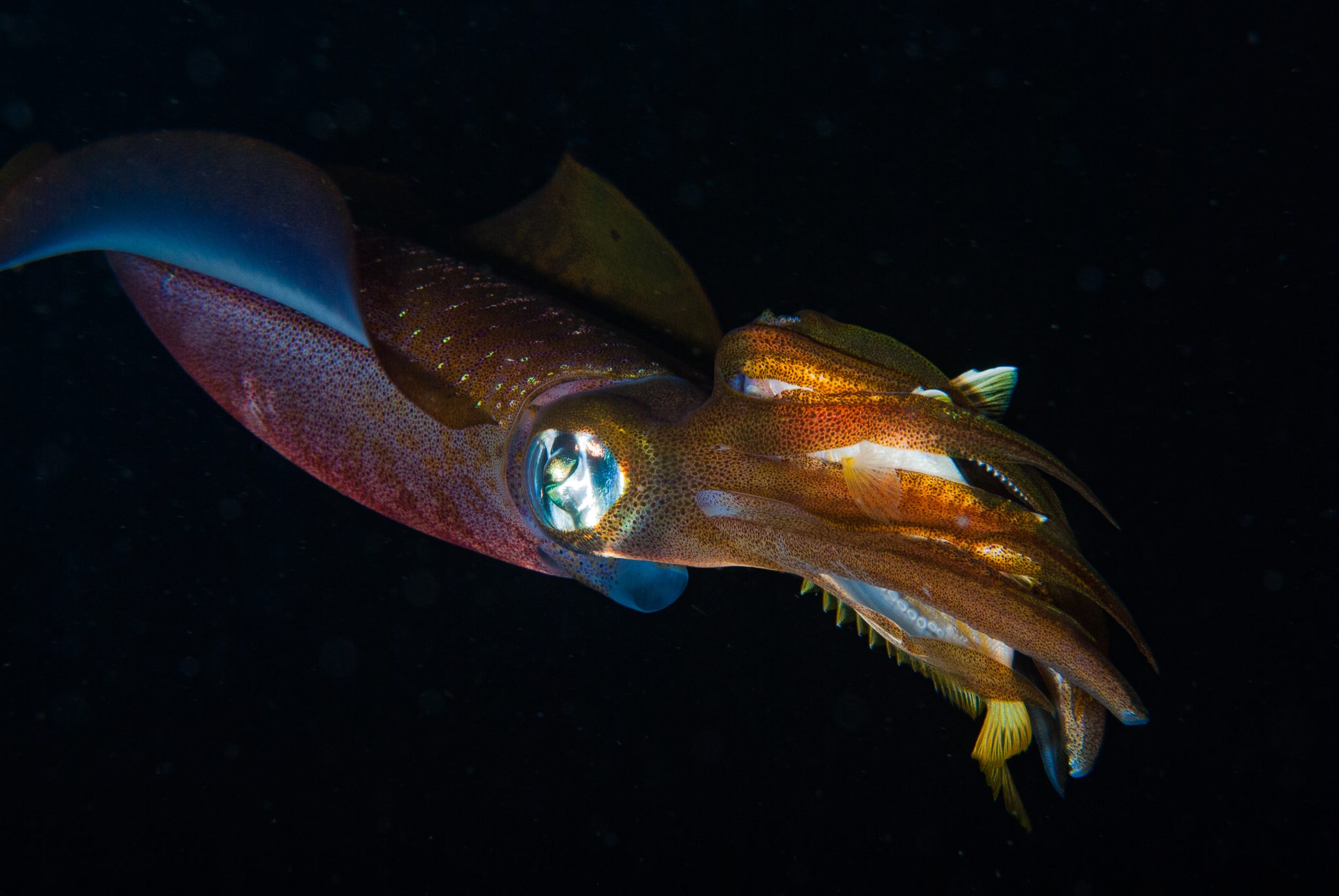
Exclusive Scubaverse Offer: Save on Your Next Adventure
As a valued Scubaverse follower, you get an exclusive 10% discount on any Dive & Stay or Learn & Stay package booked at Pure Dive Resort for 2024. Dive into the crystal-clear waters, explore breath-taking reefs, and create unforgettable memories in this diver’s paradise.
Visit https://www.purediveresort.com/package-offers/ to explore amazing packages and claim your discount with the code: SCUBAVERSE10
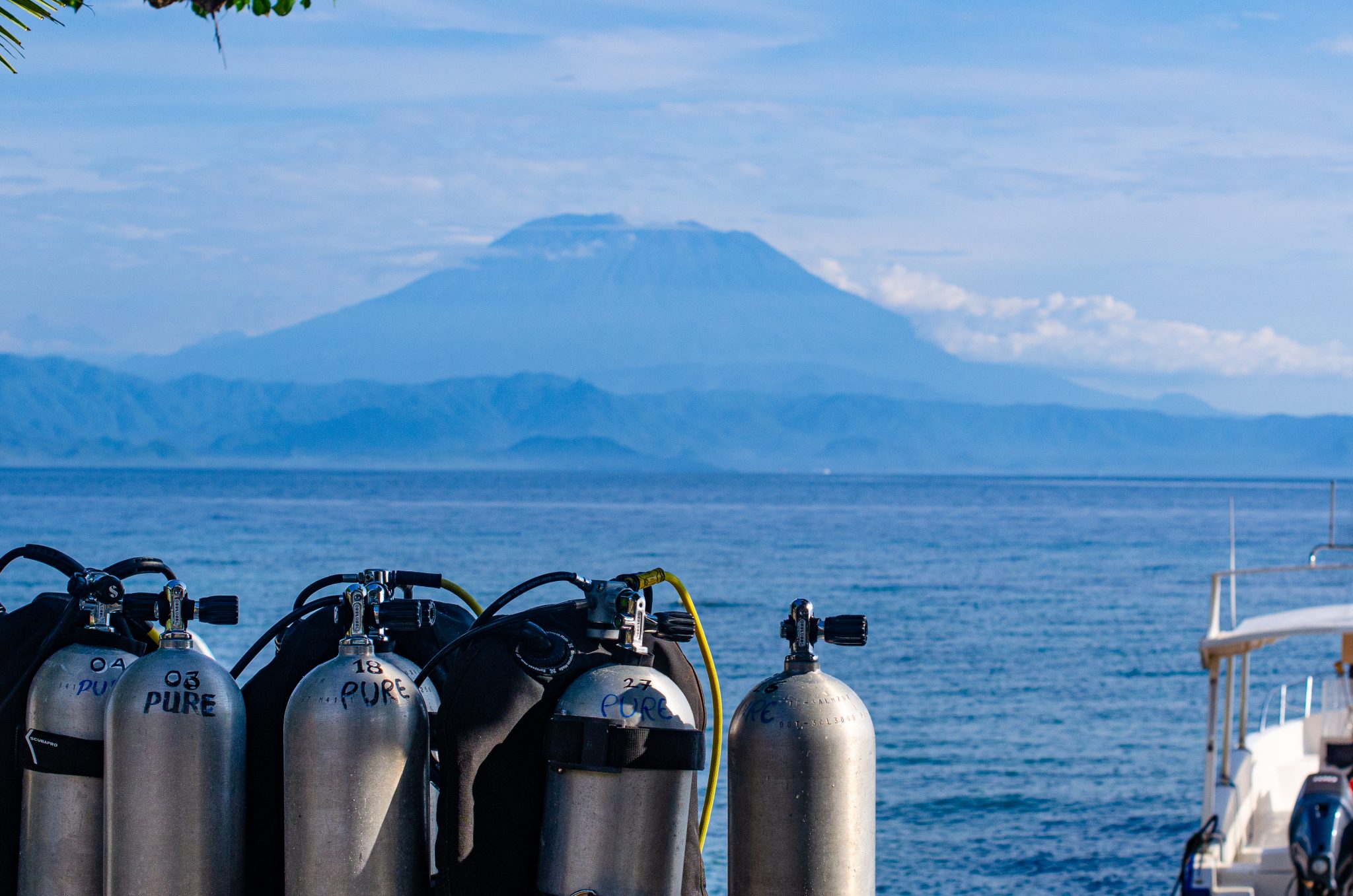
info@purediveresort.com / +62 811 3999852 / www.purediveresort.com
Ready to make a splash?
See you in Nusa Penida!
-

 News3 months ago
News3 months agoHone your underwater photography skills with Alphamarine Photography at Red Sea Diving Safari in March
-

 News2 months ago
News2 months agoCapturing Critters in Lembeh Underwater Photography Workshop 2024: Event Roundup
-

 Marine Life & Conservation Blogs2 months ago
Marine Life & Conservation Blogs2 months agoCreature Feature: Swell Sharks
-

 Blogs1 month ago
Blogs1 month agoMurex Resorts: Passport to Paradise!
-

 Blogs2 months ago
Blogs2 months agoDiver Discovering Whale Skeletons Beneath Ice Judged World’s Best Underwater Photograph
-

 Gear News3 months ago
Gear News3 months agoBare X-Mission Drysuit: Ideal for Both Technical and Recreational Divers
-

 Gear Reviews2 months ago
Gear Reviews2 months agoGear Review: Oceanic+ Dive Housing for iPhone
-

 Marine Life & Conservation2 months ago
Marine Life & Conservation2 months agoSave the Manatee Club launches brand new webcams at Silver Springs State Park, Florida
















